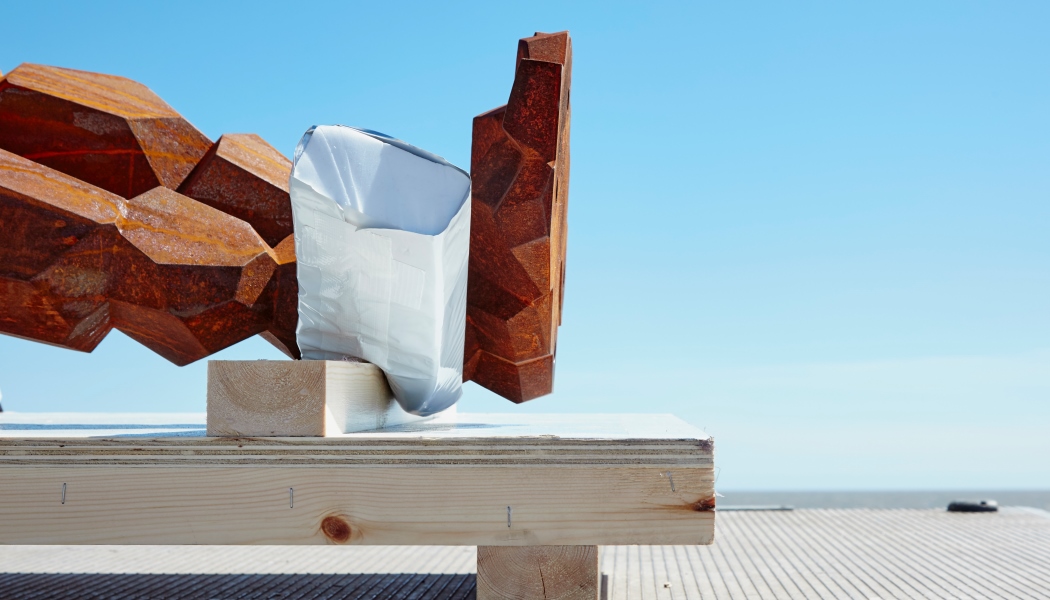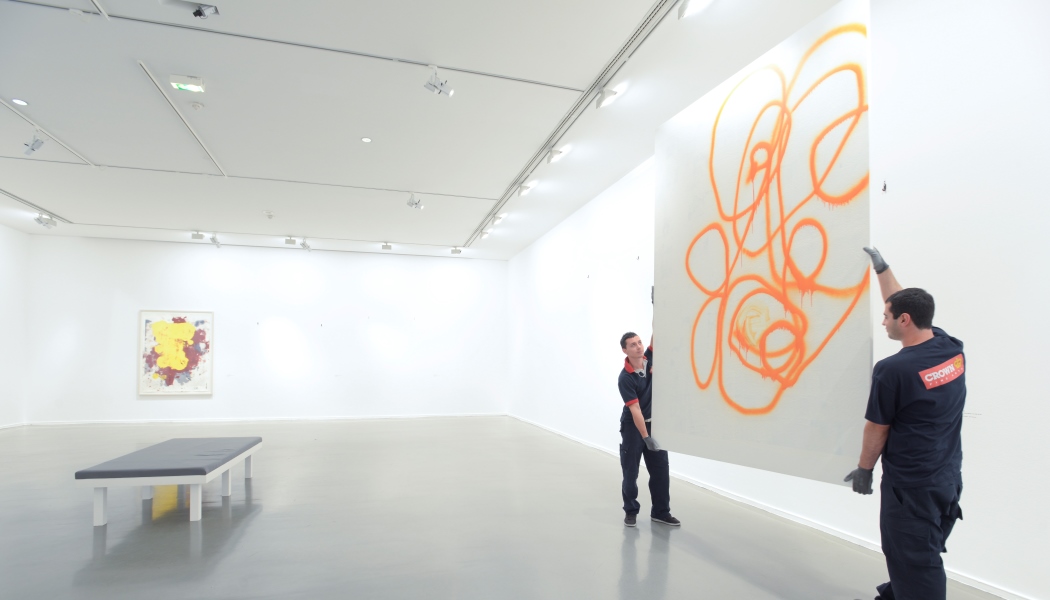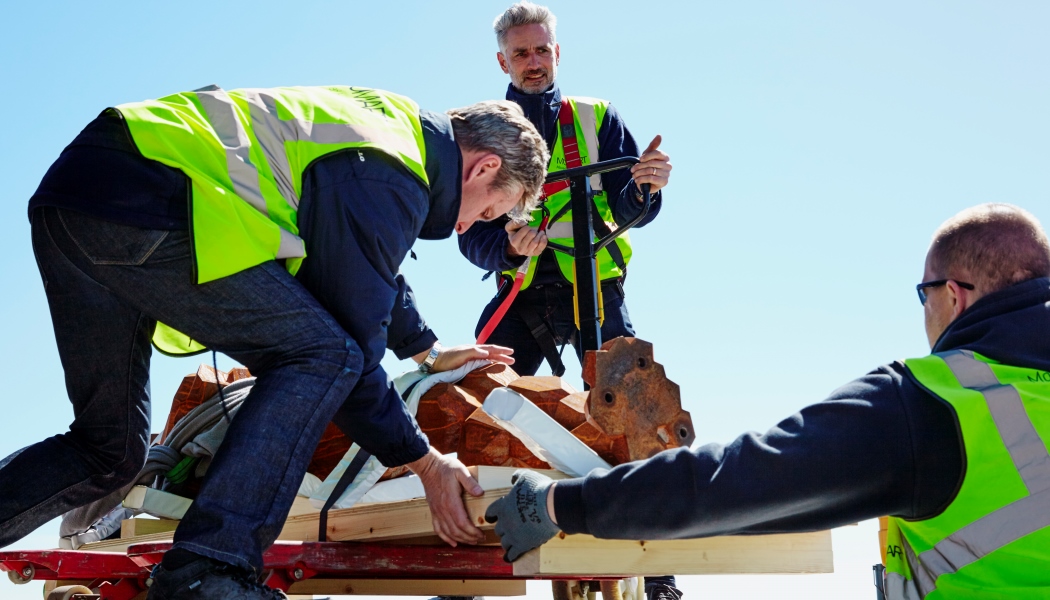Here Museums + Heritage Advisor provides three case studies including the in-house handling team at National Museums Liverpool, which has recently worked on Mayas: revelation of an endless time, a major exhibition with 385 objects loaned from Mexico, art-transport specialists Momart whose packaging team calls itself the Miracle Squad and to art and museum transportation experts Crown Fine Art on their three-year project to clear, store and reinstall objects for the recently opened York Art Gallery.
When it comes to handling objects from the Mayas, one of the six cradles of civilisation, dating back to 6000BC, there comes a huge sense of responsibility to ensure that these priceless objects arrive safely, are exhibited securely and then transported back in the same condition they were sent out in. The underlying factor in the safe and secure transportation of any collection is planning and leaving no item overlooked. As well as this there needs to be a strong relationship between the registrars and the packing companies, whether internal or external, to get the job done to the satisfaction of both parties. But ultimately the actual packing of objects and their transportation are the key ingredients to making a seamless transition of collections from museum to museum whether it be London to Leeds or Brussels to Beijing.
“The safe handling and movement is a core part of any museum’s activities and at National Museums Liverpool we are fortunate to have a dedicated team of trained handlers as well as other highly skilled technicians, conservators, registrars and curators,” says Fiona Philpott, director of exhibitions at National Museums Liverpool. “The [Mayas] exhibition was a huge undertaking and involved 101 packing crates delivered over three days in 11 trucks.”
The trucks themselves are climate-controlled, to replicate museum conditions, with specialist suspension and the latest models being equipped with CCTV to allow museum staff to monitor their objects throughout the journey. For international air cargo it is not unknown for small objects to have their own business class seats on flights.
“For small pieces, such as miniatures, small works on paper or sculptures, it may be possible to fly encased in a purpose-built box as ‘hand carry’ on a passenger jet,” says Michael Festenstein, special project manager for Crown Fine Art. “The work will have its own seat in business class (sometimes even two) and Crown technicians escort the museum staff and even board the plane to ensure it is properly strapped in.”
To highlight just how important the packing of collections is Momart’s packing team have called themselves the Miracle Squad as they continuously find solutions for the varying influx of requests by building all their packaging in house.
“When you combine heavy and fragile – then that’s when we have to be especially inventive,” says Momart’s Head of Packing, Mark Harton. “As a company we are rigorous in seeking best standard, whether identifying the length of a screw to fit a lid, or the most appropriate material to wrap a Picasso.”
Previous In Focus Reports
In Focus: collections management – connecting objects and people
Collections are the powerhouse of museums but they are nothing without good management and the engagement of the audience
The balancing act of designing permanent exhibitions
The process of developing an exhibition from concept to realisation requires an enormous amount of planning and research and the aim is to give the best visitor experience possible by using the right amount of technology and design to tell the story
Valuing, insuring and securing collections
From government and museum-led initiatives to specialist companies there is a wealth of expertise catered to the sector that ensures buildings and collections are secure and accessible
3D Printing – re-making the museum
The use of 3D printers by museums has become more common recently with improvements in technology, lower prices and innovative ways to use them both curatorially and entrepreneurially
The Environmental Control of Collections
The environmental control of collections is essential for the upkeep of objects especially where light, humidity and temperature are concerned and is now a fine science with national standards









